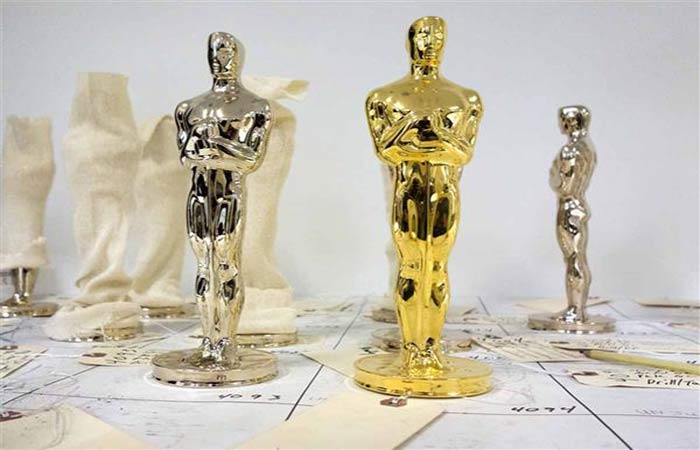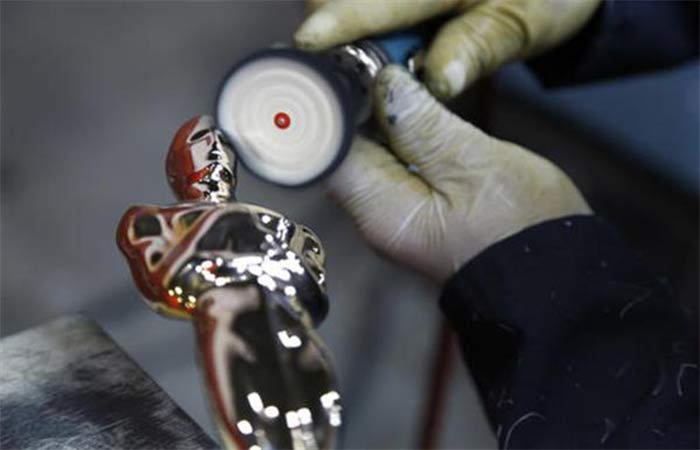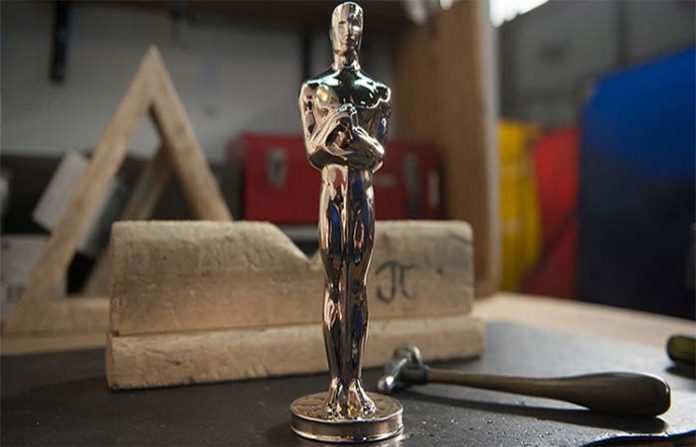Organized for the 89th time this year, Oscar awards came to the front with a technological revolution. Oscar’s symbol, the statue was produced with additive manufacturing this year.
Held for the 89th time on the 26th February, Oscar awards became the meeting point of cinema world. The best of the movie sector which is busy with new generation movies and directing attempts of experienced actors, were awarded, Oscar ceremony also welcomed 3D printed statues.
A team of expert employees then coated each wax statuette in a ceramic shell, which was then cured and fired at 1,600 degrees Fahrenheit. Firing causes the wax to melt away, leaving an empty Oscar-shaped form, ready to be hand cast in liquid bronze at over 1,800 degrees. After cooling and sanding, the figure was finally electroplated with a permanent layer of reflective 24-karat gold.
“The trick was not to make it too shockingly different,” said Daniel Plonski, an artist at the foundry.
When Polich Tallix was tasked with producing 60 gold statues last year, the Academy of Motion Picture Arts and Sciences wanted awards that were closer to the original Oscar statuette from 1929.
Expanding its application areas to one of the most iconic symbols Oscar statue, 3D proved its quality as a globally acknowledged technology.
